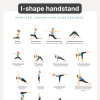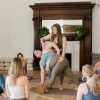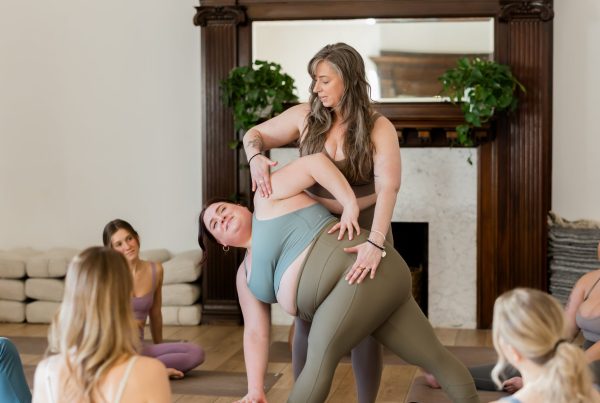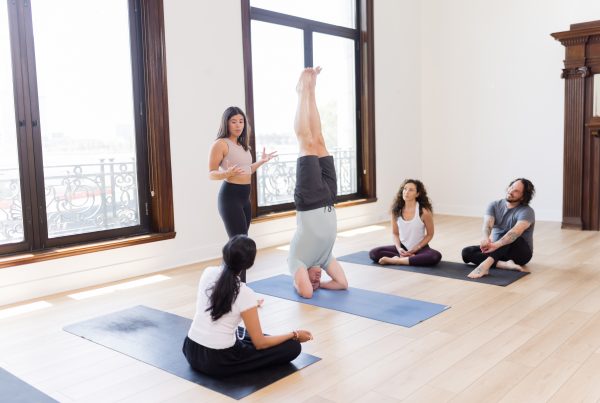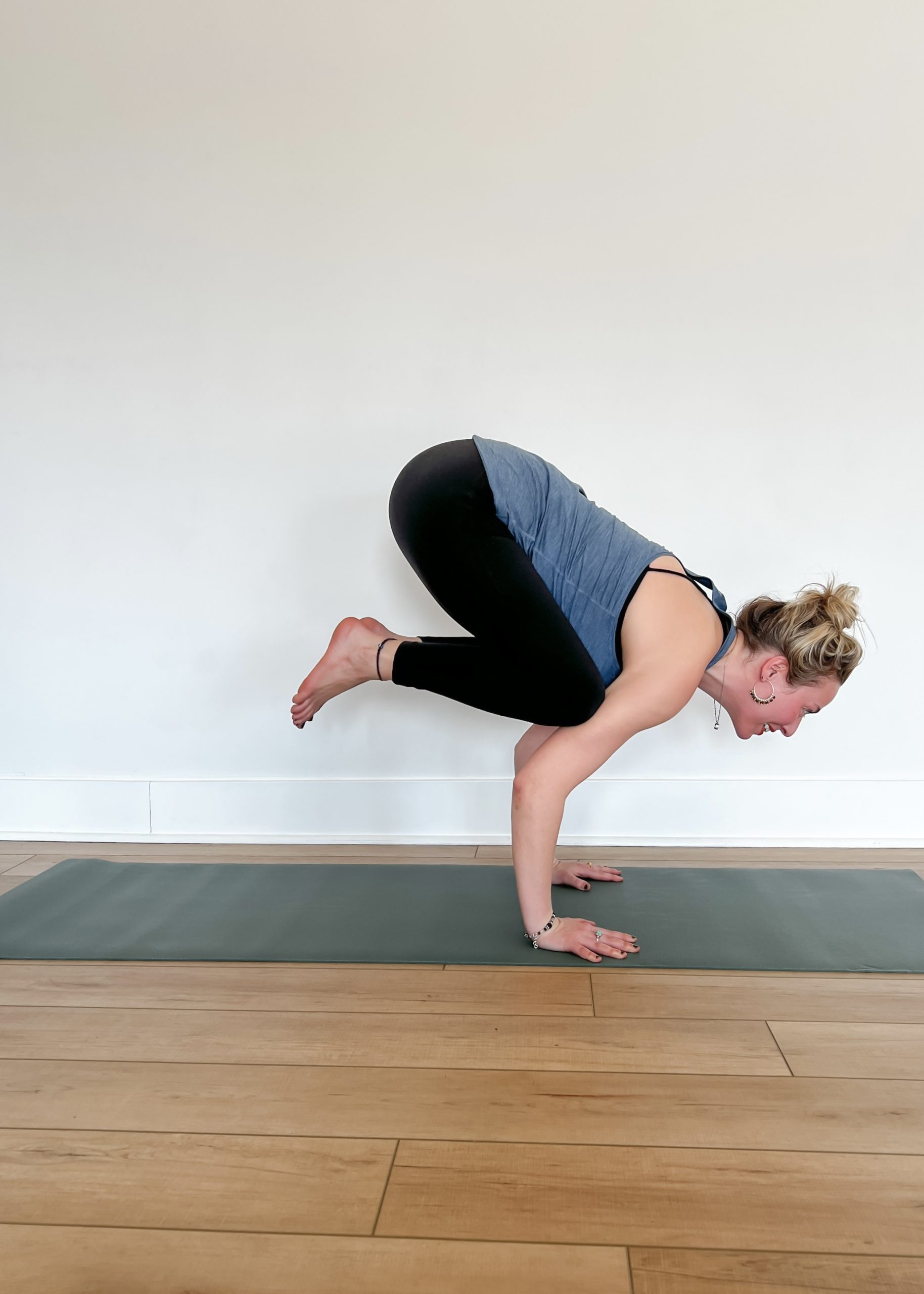
Ayurveda is a 5,000-year-old system of natural healing rooted in the ancient culture of India. Ayurveda is translated to mean the science of life: (Ayur = life, Veda = science or knowledge). The purpose of Ayurveda is to help you to live in harmony with nature at all times in your life so you can connect deeper to your purpose.
When you begin studying Ayurveda, you will begin to look deeper into nature and see different qualities. During the springtime, for example, the snow is melting and you may notice more mud. The qualities of mud are soft and wet. The elements: earth, fire, water, air, and ether are the building blocks that make up everything you experience here on earth, through your senses. They make up the doshas, which are the forces that permeate everything in nature. These are kapha, pitta, and vata. It’s important to remember that you actually are made up of all three doshas, but the qualities of one or more may dominate the way you digest your food or even the way you learn!
Ideally, when you are in balance, you have a balanced amount of kapha. Balanced kapha manifests as maintaining nurturing relationships, having lots of self love, having love towards the people around you, and stability at work. When kapha is out of balance, it may show up as swelling, excess mucus, weight gain, depression, a sense of stagnation, and inability to fully digest food or process emotions.
One of the main principles of Ayurveda is, like increases like and opposites balance.
If you’re sad about something and it’s raining outside and you’re covered in blankets and already feel heavy and slow, you will probably feel even heavier if you order a cheese pizza and eat more than you know you should. If you increase the qualities of a certain dosha, you will feel out of balance.
When you come to your yoga asana practice, you can balance out excess kapha by moving a little more, committing to a practice that builds more heat, and also stepping out of your comfort zone.
Kapha Peak Pose: Crow Pose (Bakasana)
Crow pose is a great pose to work on to balance out kapha dosha. A class that has this pose as its peak pose will also involve a lot of core work, strength-building exercises, and the invitation to perhaps step out of a place of too much comfort. If there is excess kapha, you might find that you only want to practice yin or restorative, but you really need to get moving!
Supporting Pose 1: Cat/Cow with Knees Lifted (Bitilasana Marjaryasana Janu)
Lots of people don’t realize that crow pose requires a strong core and a connection to the stomach muscles. You may have heard that when you begin to understand arm balances, your core gets a little bit more of a workout than your arms. When you practice cat/cow with your knees lifted, it will automatically fire up your core and activate muscles you may have never really felt before while in cat/cow. It’s a great move to practice when preparing for crow because it won’t tire you out and it’s a bit subtle. When there’s excess Kapha, it’s nice to ease into a more intense practice.
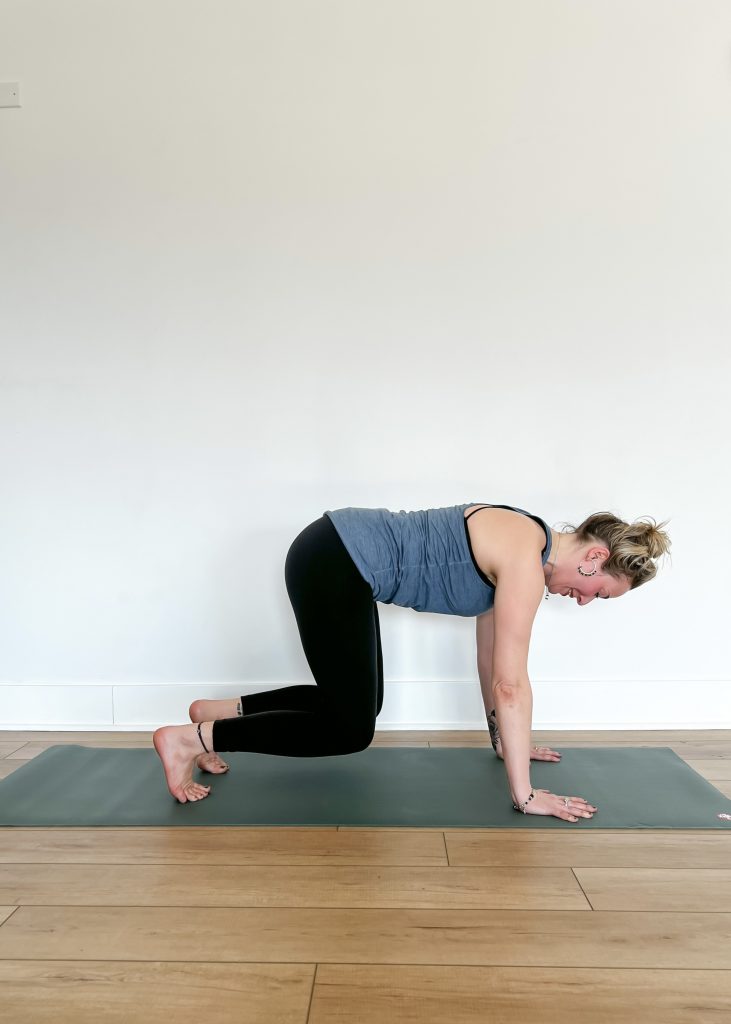
Table top position with knees lifted
How to:
- Come on your hands and knees. Try to keep your wrists beneath your shoulders, or a bit more forward of your shoulders if there is any tension in the wrists. Do your best to have your knees right beneath your hips. For this variation, tuck your toes and lift your knees about an inch off the ground. Pause here for a breath or two and notice if you are feeling any sensation in your lower back. Remember, your low back is one of the more mobile areas of your spine and it often wants to do the work when it’s not supposed to. If you do feel this a lot in your lower back, imagine someone is gently poking at your belly button. Move your abdominals away from that gentle poke and see if that can help you engage your core more. If that doesn’t help, imagine you can bring your front hip points together (you can’t physically do that, but for some people, that idea can help activate their core a bit more).
- As you breathe in, slightly lift your sitting bones, open your chest towards your mat, and look upwards with your eyes.
- As you breathe out, scoop your belly up, round your back, and look back towards your knees or thighs. Keep these cat/cows going for a few cycles and then lower your knees back down. If you have any problems with your wrists, you can try this on blocks or you can make fists with your hands.
Supporting Pose 2: Garland Pose (Malasana)
This pose will help you understand the connection that needs to happen between your arms and your legs in crow pose. It’ll also help your body get used to having your feet together while also having the knees apart. There is a sense of balance between your head and your sitting bones in this pose as well. Please note that some schools of yoga will refer to Malasana as a squat with the feet apart and that’s not the pose we’re working with here.
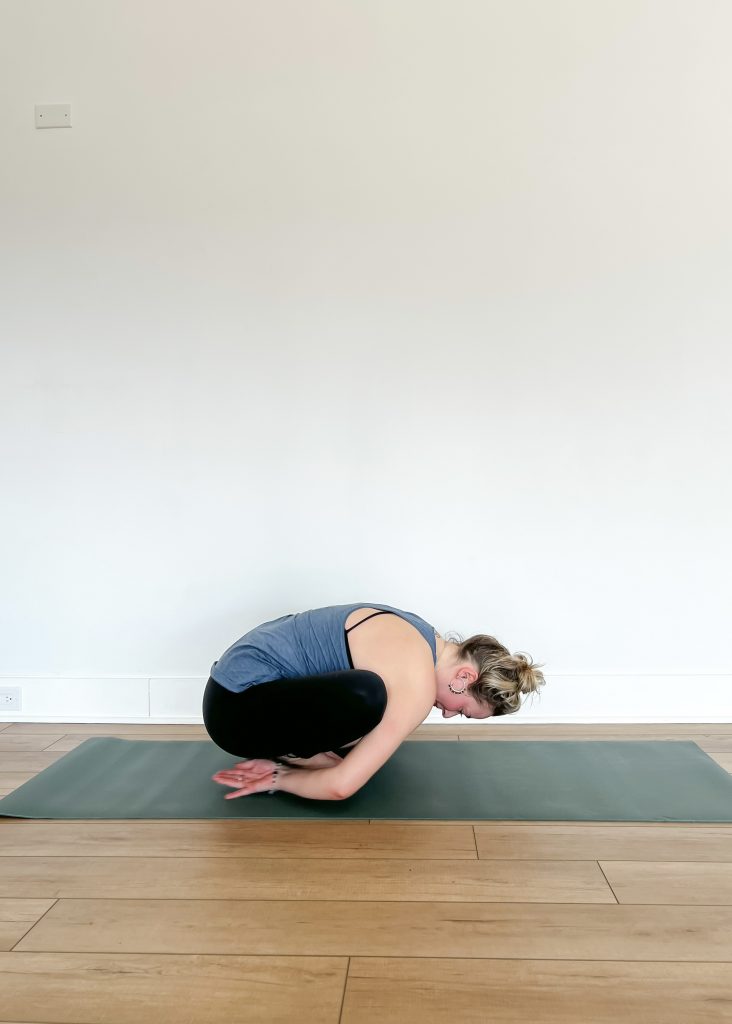
Garland pose (Malasana)
How to:
- Begin standing and take your inner feet to touch.
- As you open your knees, reach your arms forward and begin to lower yourself to the ground.
- Walk your arms forward, but take a look at your feet. Do your best to keep the inner edges of your feet together. It’s okay if your heels lift up, and they probably will.
- Try to keep your head in the same line as your tailbone and then either reach your arms forward or bring your arms back behind you, kind of like a garland.
Supporting Pose 3: Boat Pose (Navasana)
Boat pose is a great way to bring attention to your core and also tap into some muscles you probably didn’t know you had. It’s one of the poses that definitely gets better as you practice it, but not really easier – and that’s what makes it so interesting to keep coming back to!
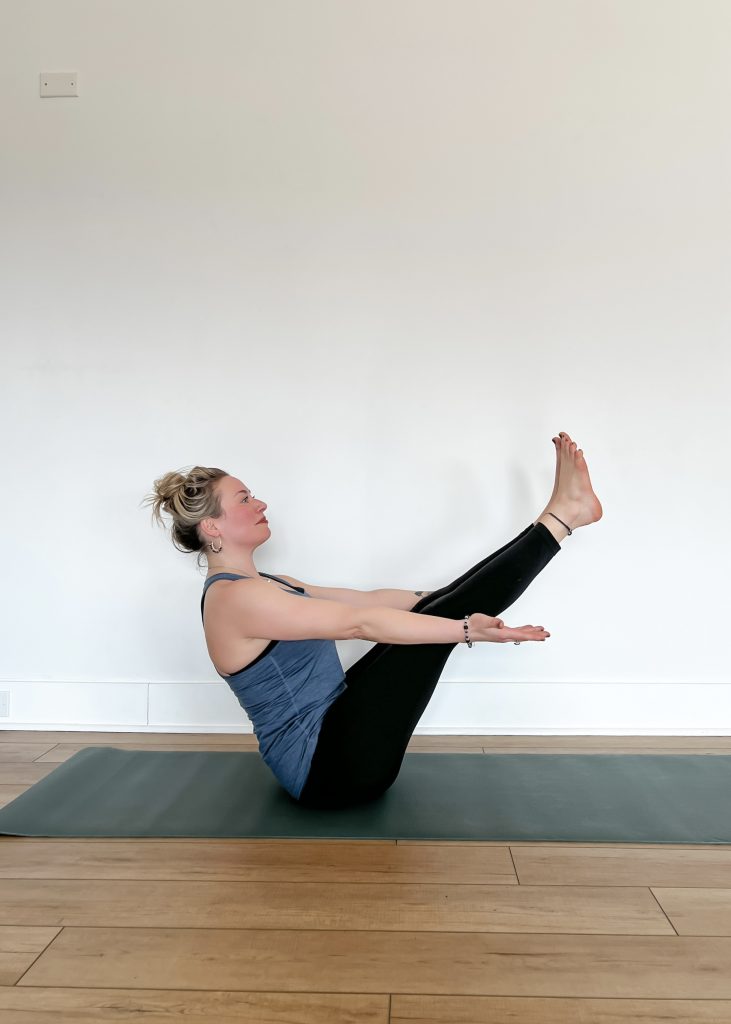
Boat pose (Navasana)
How to:
- Begin seated and then take your feet out in front of you and bend your knees, keeping both feet on the ground.
- Bring your hands behind your thighs and lift your feet off the mat. From here, try to find the front of your sitting bones and reach your chest a little forward. Imagine you can also lift the crown of your head up higher to touch the sky.
- You can stay right there, or you can extend your legs. You can stay right there, or you can reach your arms forward towards whatever is in front of you. If you feel like you’re rounding your back or falling backwards, it may be helpful to bend your knees again.
- As you inhale, lift a bit more and as your exhale, try to relax your face.
Peak Pose: Bakasana (Crow Pose)
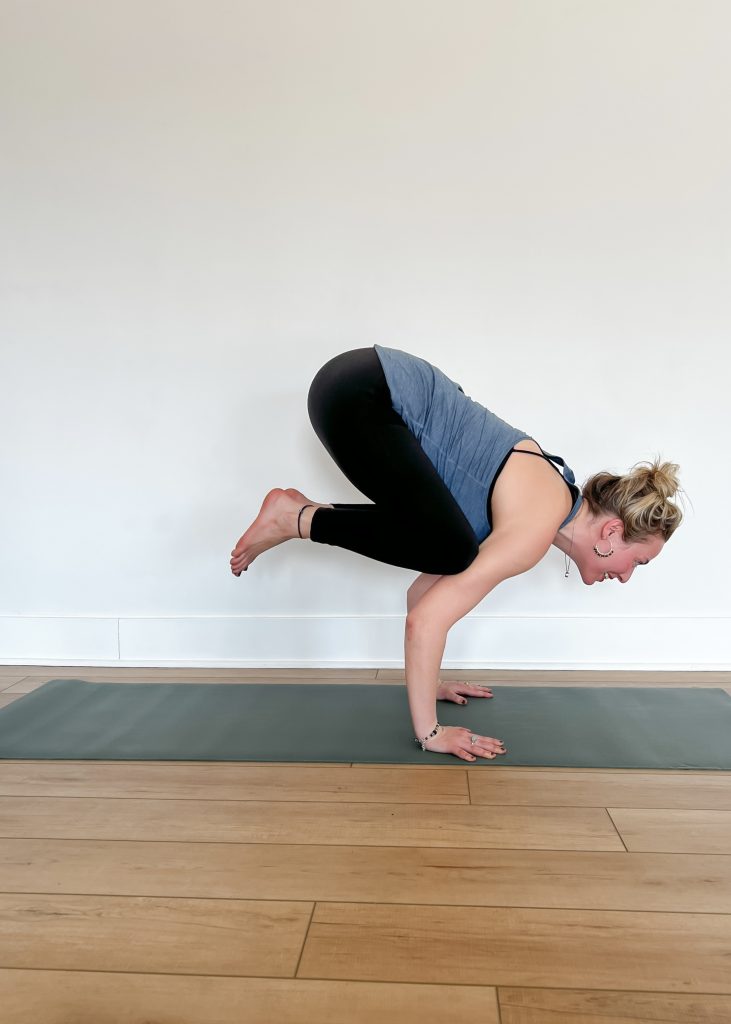
Crow pose (Bakasana)
How to:
- Begin with your feet together, your knees bent, and your hands in front of your feet.
- Try your best to get your knees high up onto your upper arms and as far up towards your armpits as possible. This will help you feet move away from the ground and also help you activate your abdominals to create a bit more of a lift for crow pose.
- Spread through your fingers and remember how strong your hands are! They are going to take the place of your feet and support you in this strong pose.
- Shift your weight forward, look forward, and perhaps you only lift one foot off the ground, bringing your heel towards your seat. Then switch feet.
- If you’d like to play with lifting both feet off the ground, remember to keep your gaze forward as you press the floor away from you with your hands and try to bring both heels up to your sitting bones.
- You may begin to lengthen your arms because you’re pressing the floor away. Think more about resisting the floor as opposed to reaching to it. Birds take flight, they don’t usually fall down.
- Imagine someone is softly poking at your abdominals and you want to move away from that soft poke. This may help create lift through your core and also help you maintain the pose without relying too much on your arm strength.
- Take a break if you’re practicing this a few times. For a Kapha balancing class, sit up instead of coming to child’s pose.
Kapha Season Class Theme
If it’s kapha season or if you’re feeling sluggish and unmotivated (or your students are), this class is helpful to bring in a more fiery quality to that stagnant energy. The heat will help balance out the heavy quality of kapha. Think about what happens to mud when the sun comes out. You probably won’t get your care stuck in it and you can move forward without any obstacles – our bodies work just like that!



